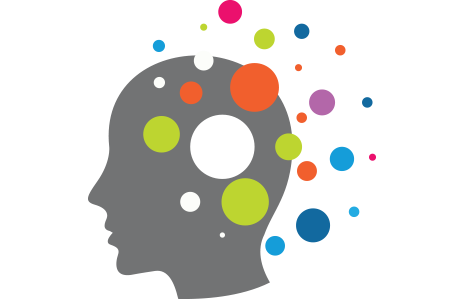
Description
Guest Blog: The benefits of Agile and an Agile Mindset
Leaders and organisations which had already embraced Agile have been able to better handle the ambiguity, solve the complexity, and respond to the changes brought about by COVID-19. Others, recognising the opportunity to evolve, have experienced first-hand the benefits of being Agile. A third group, as they realise that the new normal is here to stay, have a chance to up-skill their leadership and reshape their organisations away from rigid, bureaucratic ways of working, so they too can survive and thrive. “Agile” is a collection of ideas, frameworks and practices which include Scrum, Kanban, DevOps, Lean, and others. Leadership, the right kind of leadership, is a crucial element to successful outcomes with Agile. Simply following any of the frameworks can deliver significant Continuous Improvement but eventually leads to problems. Experienced Agile professionals evolve the frameworks as they adapt them for the organisations they are supporting. To receive all the benefits that Agile promises, the mindsets of our team members need to shift from Extrinsic Motivation (I do as I am told) to that of Collective Ownership (Autonomy, Mastery & Purpose). For this shift to happen quickly and permanently we and our leadership teams need to move from Command and Control to Emotionally Intelligent, Enabling, Servant Leadership. With an Agile Mindset we were able to deliver the fastest mailbox migration Microsoft had ever seen, to 25,000 people. It was 6x faster than their next fastest migration. All this while saving £4million in business change costs and leaving a legacy of empowered and engaged co-workers. The Agile Mindset starts with the Agile Values from the 2001 Manifesto:- Individuals and interactions over processes and tools
- Working software over comprehensive documentation
- Customer collaboration over contract negotiation
- Responding to change over following a plan
- Respond to change, quickly and effectively
- Deliver value and revenue early and often, while regularly iterating
- Solve complex problems in a predictable way, and handle ambiguity
- Reduce risk and waste, control budgets, and improve governance and accountability
- Increase trust, collaboration, engagement and transparency
- Make evidence-based decisions by gathering and responding to empirical data
- Use all the brains in the organisation
- Deliver continuous transformation
- Just get the job done!
Info
-->





